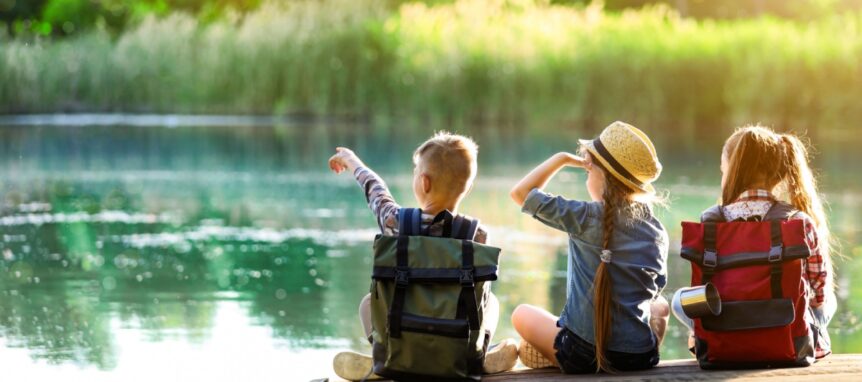As the seasons change and the air turns crisp, fall becomes a prime time for children to connect with nature in meaningful ways. The sights, sounds, and rhythms of the season invite young minds to explore, observe, and ask questions. Nature-based learning—especially in autumn—offers children the chance to engage with wildlife, develop observational skills, and cultivate a sense of environmental stewardship. Fall is not just about changing leaves; it’s about discovery, curiosity, and hands-on education.
In an increasingly digital world, opportunities to slow down and notice the world around us are more valuable than ever. Autumn’s wildlife activity—from migrating birds to foraging animals—creates a living classroom that fosters real-world learning and lasting memories.
The Perfect Season for Observation
Fall provides a unique window into the lives of wild animals and insects as they prepare for winter. Squirrels gather acorns and build nests, butterflies begin their migrations, and birds change their behaviors in noticeable ways. These seasonal shifts are easy to observe and can spark discussions about life cycles, adaptation, and survival strategies.
Children can learn to recognize the signs of animal activity—footprints in the mud, rustling in the leaves, or nests high in the trees. Through careful observation, they start to make connections between what they see and how ecosystems function. These are not abstract science concepts; they’re real, visible phenomena unfolding right in front of them.
Hands-On Science in Natural Settings
Nature-based learning in fall isn’t limited to walks in the woods. It often includes hands-on, inquiry-based activities like collecting leaves, identifying insects, or building shelters for wildlife. These experiences help children apply scientific thinking—hypothesizing, testing, and drawing conclusions—while immersed in the outdoors.
For example, observing how different animals prepare for winter can lead to creative projects like building a model animal habitat or tracking local species with a journal. These types of learning activities naturally incorporate science, language arts, and even math in ways that are both fun and educational.
Encouraging Environmental Responsibility
Exploring wildlife in fall also presents a powerful opportunity to talk about conservation and the role humans play in protecting natural habitats. When children develop a personal connection to animals and insects, they’re more likely to care about their well-being.
Discussions can focus on topics like the importance of native plants, the impact of littering on animal habitats, or how pollinators contribute to ecosystems. Learning becomes more impactful when kids see the real-world applications of their knowledge and understand that their actions—no matter how small—make a difference.
Boosting Emotional and Social Growth
Beyond academic benefits, nature-based learning supports emotional and social development. Time spent outdoors observing wildlife helps children develop patience, empathy, and mindfulness. These qualities emerge naturally when kids are encouraged to slow down, watch quietly, and respect the space and rhythms of the animals they encounter.
Group activities like scavenger hunts, wildlife tracking, or outdoor journaling also promote teamwork and communication. Children learn to share discoveries, listen to others, and work together—all essential life skills that extend far beyond the classroom.
The Role of Camps in Seasonal Nature Learning
Outdoor camps play a significant role in supporting wildlife education during the fall season. With structured nature walks, animal identification sessions, and ecological arts and crafts, camps offer immersive, guided experiences that foster both curiosity and understanding. Educators and counselors trained in environmental education help guide exploration while reinforcing scientific knowledge in engaging ways.
Programs that focus on seasonal themes create memorable learning experiences—where a child’s newfound knowledge of monarch migration or bird calls is linked to a moment of awe, not just a textbook page. These positive associations help build a lifelong love for nature and science.
A Natural Path to Discovery
Fall wildlife exploration is one of the most accessible and enriching ways to engage kids in nature-based learning. It’s not about memorizing facts—it’s about experiencing the rhythms of the natural world firsthand. From spotting a hawk overhead to watching a caterpillar inch along a leaf, each moment is a chance to learn, reflect, and grow.
At Camp Live Oak, fall programming incorporates nature-based learning through hands-on wildlife discovery and educational adventures that encourage both academic and personal growth. Guided by passionate staff and surrounded by Florida’s natural beauty, campers dive into the wonders of the season with curiosity and care.
Learn more about how Camp Live Oak connects kids to nature through engaging fall programming by contacting us here.

